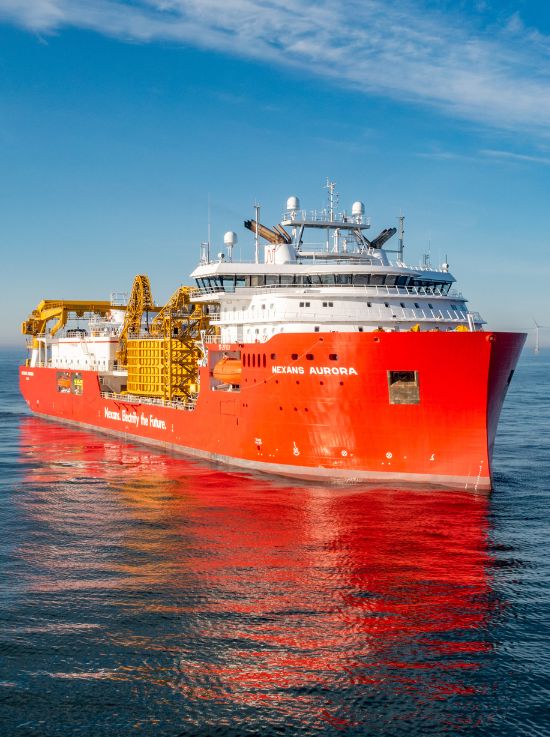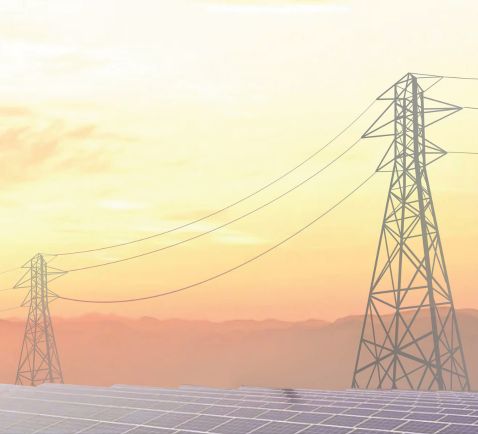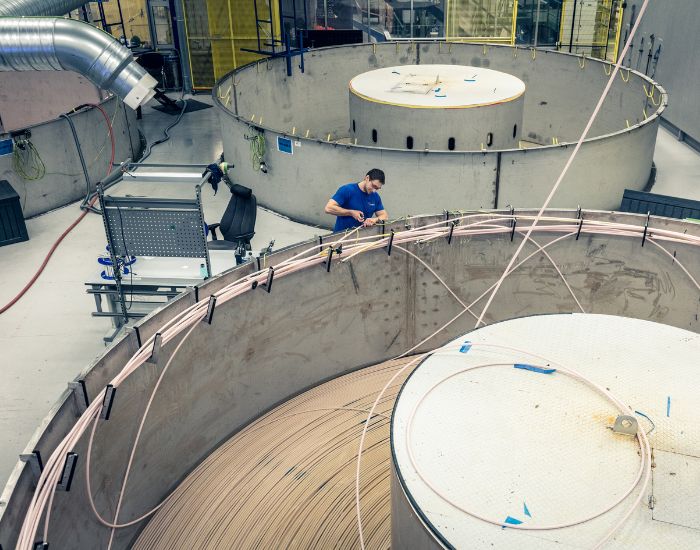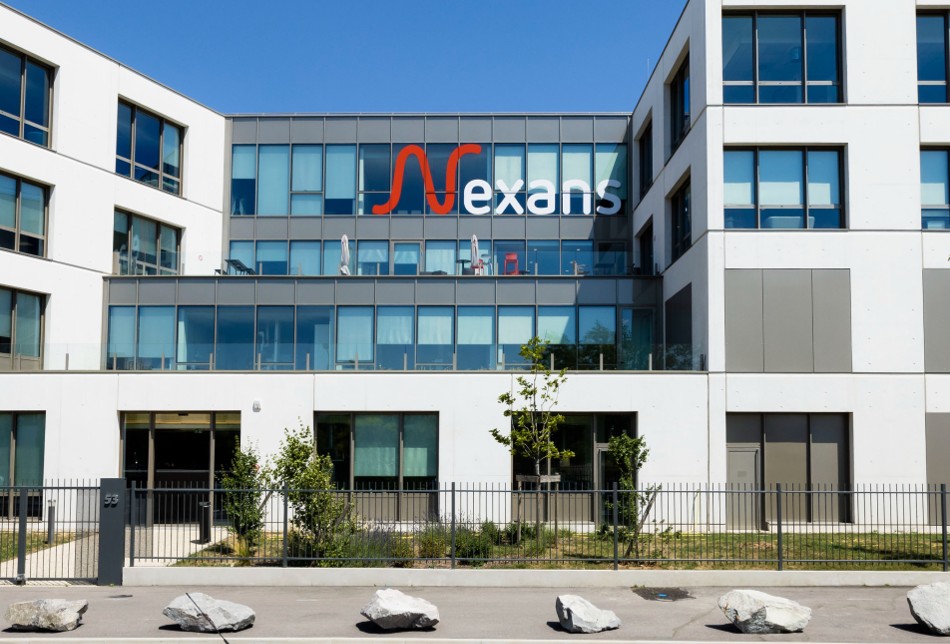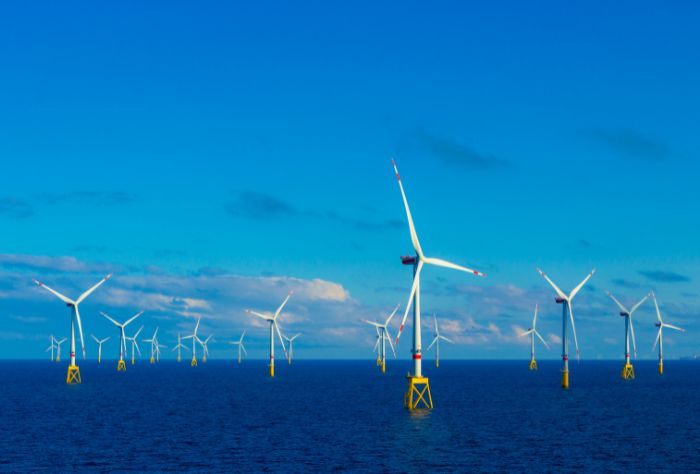Connecting communities, regions and countries
All human activities make use of subsea communication networks, to transmit sound, images or data. Connecting all corners of the globe, this invisible network of cables is essential for exchanging information between countries, communities and individuals. Over the coming years, networks will need to increase their capacity to meet the growing needs of a fully digital world.
Challenges associated with subsea communication networks
Global interconnection depends on subsea communications networks. Forming an ecosystem spanning the entire planet, the networks enable the multilateral exchange of information and data, primarily over the Internet. The amount of information and data transmitted via this complex system is growing constantly. Network capacity and speed need to increase accordingly.
In other words, it is essential to make high-speed networks (very high transmission speed) and broadband networks (very high network capacity) more widely available as a prerequisite for improving global coverage. To connect continents, countries and individuals, subsea communications networks need to include more optical fiber, to transmit large quantities of data at speed over long distances under the sea.
At Nexans, we have more than a century of experience in laying subsea communication cables in extreme conditions. Our solutions are installed over short distances, in fjords and rivers, for example, as well as between continents, through our interconnectors.

